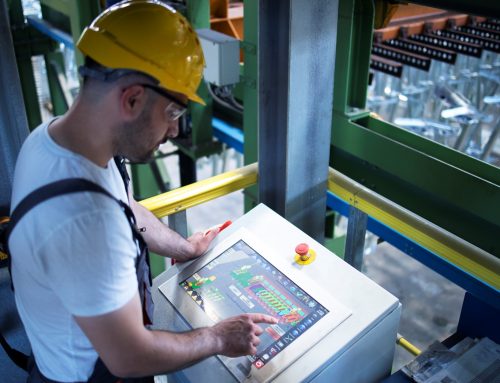The success of predictive analytics can be achieved through steps such as data acquisition, data ingestion, and performance prediction, among others.
The journey towards smart manufacturing through digitization can seem overwhelming when we find ourselves bogged down with too many parameters and variables to analyze, plus the sheer data. It’s a fact that Big Data gets bigger and soon we’ll be swimming in our own data lake (contains irony)!
There are often doubts about the direction we are going and we have doubts about the end results. It sometimes feels like we’re hitting a knife’s edge, especially if the results aren’t promising.
Therefore, we should focus on concrete steps from the beginning to the end of a predictive analytics initiative. The result is a successful deployment of analytics that drive the application towards a zero downtime, zero defects business mindset. Two areas, predictive maintenance (zero downtime) and predictive quality (zero defects), are the easiest fruits and quickest wins for smart manufacturing today.
The time has come when artificial intelligence (AI) research and its underlying machine learning (ML) techniques are now available in a single system.
Check out the six steps to a successful implementation of a predictive analytics project in manufacturing:
- Connectivity and data acquisition – select your machines and acquire data parameters relevant to that application, through the sensors;
- Data Ingestion and Processing – Consume the data parameters in your data lake and pre-process the data, ensuring its integrity for analysis;
- Feature engineering – apply statistical extraction and selection tools to convert raw data into highly correlated features to train artificial intelligence and machine learning models;
- Health assessment – quantify the health condition of manufacturing equipment and determine warning and failure thresholds through an artificial intelligence analysis model;
- Forecasting and performance diagnostics – determine the remaining life (RUL) of your equipment with a degree of predictive accuracy and the root cause of failure;
- Prescriptive Decision Making – Visualize health, RUL and diagnostic information for end users to support decision making and, sometimes, prescribe recommended actions, such as need to adjust machine program/recipe or integrate insights with customers, maintenance system to automatically create a predictive alert or work order and order replacement parts.
Each step is critical to the overall success of the project and the acceptance of the results by the end-user community. The true measure of success will be the business case justification for the analytics initiative, achieving a respectable return on investment (ROI). And all this our Manusis4 system does. And well, modesty aside.
Without a measurable return, smart manufacturing will remain in research mode and pilot project purgatory of scale challenges. Applying AI had to wait for computing power, CPUs, and RAM to reach the current stage, where processing speeds can sustain real-time data calculations and arrive at real-time decisions.
Combined with the ability to route data and decisions over the internet, the real power of predictive analytics and AI can now be brought to users on the factory floor. Ultimately, the end customer cares about an intuitive solution experience they can trust and value (business case), not AI and ML technology and algorithms.
————————————————————————————————————–
Rodrigo Rotondo|LinkedIn – follow my newsletters
Manusis4|LinkedIn – discover our solution
Manusis4|Youtube – watch our webinars






Leave A Comment